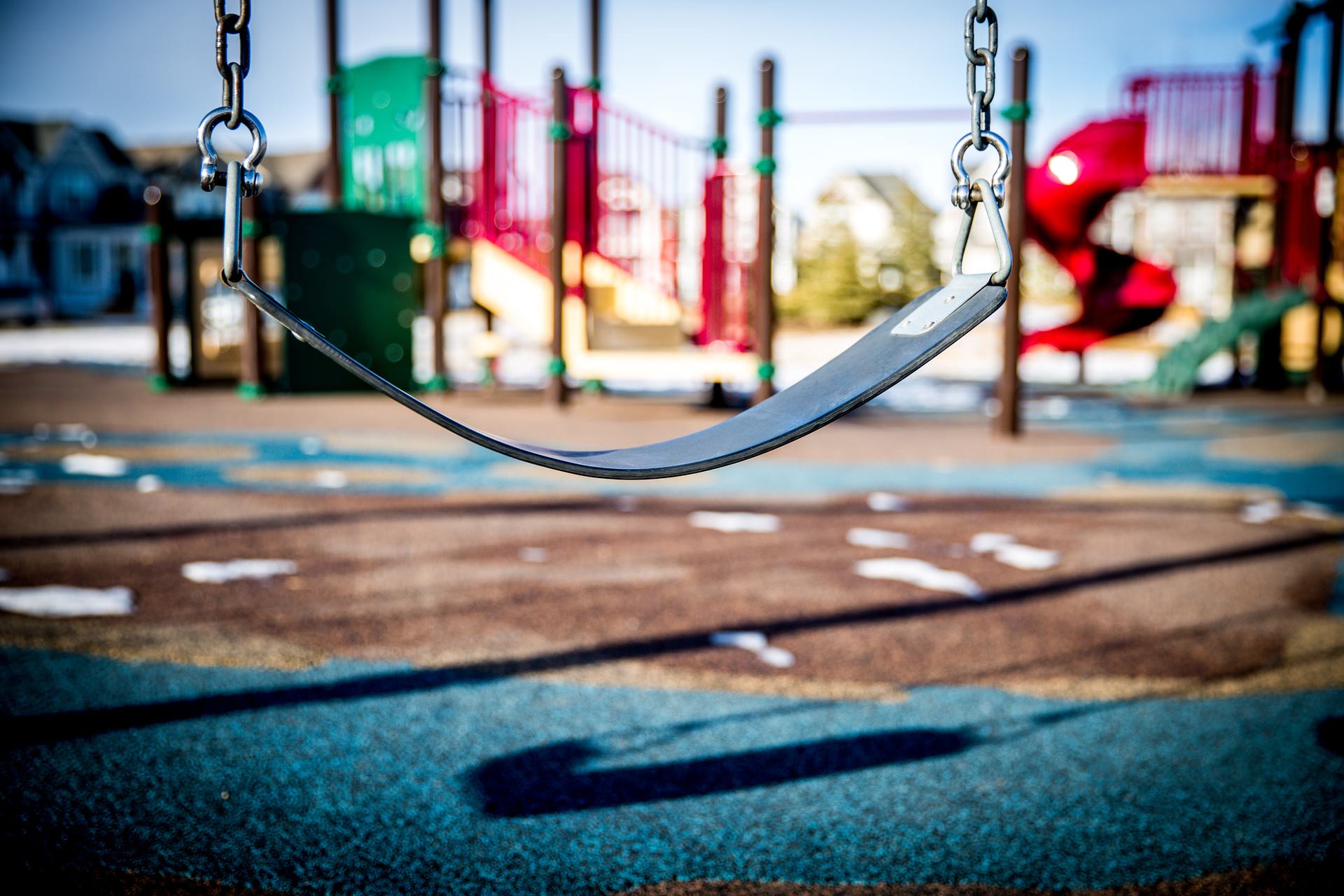
Play friendly design and sustainability
As most children return to school this week, and weary parents who have spent weeks juggling work deadlines, video meetings and parenting rejoice, we turn our focus to the importance of play. Or most specifically the importance of outdoor space for children to play and grow within.
As Australian play expert, Imogen Whittle writes in her blog, ‘nature play significantly improves all aspects of child development – physically, cognitively, socially and emotionally. It develops resilience, confidence, self-esteem, and creativity.
Similarly, Annie Wallen in her research summary for Informal Science, ‘Nature Play is Important for the Cognitive Development of Early Learners’, states ‘spending time in nature is essential for cognitive development. Nature play stimulates creativity and problem-solving skills integral to executive function development. Children who play and spend time in nature have increased concentration and cognitive skills, including mitigation of ADHD/ADD symptoms’.
We know that outdoor play encourages a joy of movement; develops fine motor skills, nurtures untamed imaginations, inspires bravery, builds friendships, and promotes acceptable social behaviours. Plus encourages an understanding of habitat and the need to look after it.
All the characteristics needed to create a foundation for a positive future society.
On the other hand, children who don’t regularly participate in outdoor play can encounter multiple problems.
Richard Louv, American Journalist and social commentator wrote in his 7th book, ‘Last Child in the Woods: Saving Our Children from Nature-Deficit Disorder’, children disconnected from nature, were suffering from an illness. Symptoms of this ‘illness’ (as outlined by Louv, 2005) include ‘depression, hyperactivity, boredom, and loneliness. It may also result in reduced motor development and diminished mental and psychological health, including lack of attention, learning ability and creativity’.
As Landscape Architects our role is to provide, protect and sustain environments for the future. Much as a parent’s role is to protect and provide a future for their children.
Our profession has a unique plurality of focus, as we design in consideration of the wellbeing of the environment and the wellbeing of humanity. This interdisciplinary view allows us to guide our clients through the journey of biodiversity net gain (BNG). As well as creating places that make people happy and tell stories.
Nevermore is this more important when we are designing spaces to enthrall children. Spaces that require us to think and feel like children and fire up our own ‘untamed imaginations’. We always try to adopt a child’s perspective on our architectural decisions and use our creativity to create spaces that connect with them. And in turn, connect them to the outdoors and all the benefits that nature offers.
One fundamental to us is we believe play areas that win children’s attention, need to be daring and imaginative.
One such scheme where this is evidenced is Commissioners Road, in Strood. We were commissioned to design a wide array of public open space, with a wealth of green and blue infrastructure, design terraced public links between two key spaces, and several creative play areas. The play took the form of a dedicated play space with nuggets of play dispersed across the scheme, like a crumb trail to lead the kids to the play area.
The scheme connects nature to new homes for people and children in the area by using the existing topography to create a site-specific response to play.
It was crucial to design a space that was inclusive and provided play equipment of value for every visitor, regardless of age or ability. In addition, this play space would work in tandem with an existing play area adjacent to the site. So, the brief was to not duplicate but extend. Some of the additional features include:
- 3-5m slides over grass banks
- Meandering paths weaving in and out through play equipment
- Safe and natural barriers with the use of hedges
- And the use of natural play elements such as wood, stone, sand, and plants to foster creative play among children, while blending cohesively into their surroundings.
Another concept for a playscheme currently being designed sees an elevated play structure that had several pieces of equipment connected to it, each being sequentially harder to navigate. We thought about how a child may interact with the space and how a canopy overhead could create a feeling of privacy and independence. No child on earth doesn’t like a secret den, where they are king and queen!
In many of our schemes, we have the ability to factor in play spaces. Safe outside play areas for our urban children to enjoy, car-free zones for cycling and walking, woodlands and connected green areas, that encourage children to romp and explore.
All design elements that both serve our youngest humans and may increase the biodiversity gains that can be achieved. Whilst individually these gains may be small, when aggregated across a site, could provide a contribution to achieving a net gain overall. As well as the obvious benefits to all the residents, big and small.
It could be argued that designing spaces for children and designing spaces for sustainability could be one of the same thing if these spaces are looked at with a duality of focus.
The important point is an acceptance that child-friendly planning and design is not an extra consideration but one that should be central to schemes and sustainability goals. Adoption of this approach could help a project succeed.
On top of offering a solution to the eco-crisis, we are all responsible for trying to mitigate and ensure there is a planet for our children to grow up in. And the children who grow up are happy, healthy, and mentally resilient.
